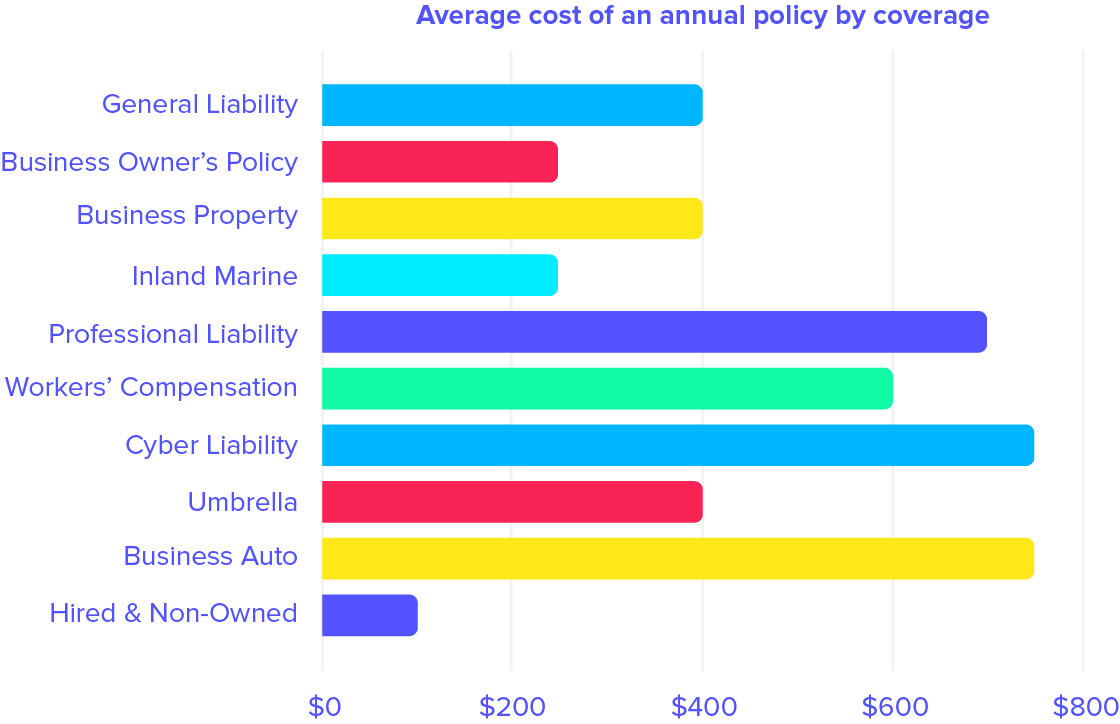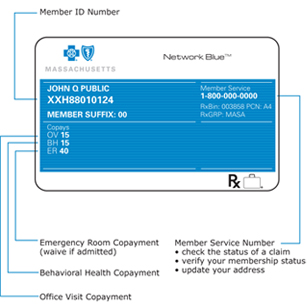Whole life and universal life insurance coverage are both thought about permanent policies. That means they're designed to last your whole life and won't expire after a certain period of time as long as needed premiums are paid. They both have the potential to build up cash value gradually that you might have the ability to borrow against tax-free, for any factor. Because of this function, premiums may be greater than term insurance. Entire life insurance coverage policies have a set premium, implying you pay the exact same amount each and every year for your protection. Just like universal life insurance, entire life has the possible to collect money value over time, developing a quantity that you might have the ability to obtain against.

Depending upon your policy's potential cash value, it may be used to avoid an exceptional payment, or be left alone with the prospective to accumulate worth in time. Prospective growth in a universal life policy will vary based on the specifics of your private policy, in addition to other aspects. When you purchase a policy, the releasing insurer establishes a minimum interest crediting rate as detailed in your contract. However, if the insurer's portfolio earns more than the minimum interest rate, the company may credit the excess interest to your policy. This is why universal life policies have the potential to make more than an entire life policy some years, while in others they can make less.
Here's how: Because there is a cash worth part, you may have the ability to avoid exceptional payments as long as the money worth suffices to cover your needed costs for that month Some policies may allow you to increase or decrease the death benefit to match your specific scenarios ** In numerous cases you might borrow versus the money value that may have collected in the policy The interest that you might have earned gradually builds up tax-deferred Entire life policies offer you a fixed level premium that won't increase, the possible to build up money worth over time, and a fixed death benefit for the life of the policy.

As a result, universal life insurance coverage premiums are normally lower throughout periods of high rate of interest than entire life insurance premiums, often for the same amount of protection. Another key distinction would be how the interest is paid. While the interest paid on universal life insurance coverage is often changed monthly, interest on a whole life insurance coverage policy is normally adjusted annually. This could mean that during durations of rising interest rates, universal life insurance policy holders may see their cash worths increase at a fast rate compared to those in whole life insurance coverage policies. Some people might prefer the set death advantage, level premiums, and the capacity for growth of a whole life policy.
Although entire and universal life policies have their own unique functions and advantages, they both focus on supplying your loved ones with the cash they'll require when you pass away. By dealing with a qualified life insurance representative or business representative, you'll be able to choose the policy that finest meets your specific needs, budget, and financial goals. You can likewise get acomplimentary online term life quote now. * Offered required premium payments are timely made. ** Increases might undergo extra underwriting. WEB.1468 (What is commercial insurance). 05.15.
The Basic Principles Of What Does Home Insurance Cover
You don't need to think if you must enlist in a universal life policy due to the fact that here you can learn everything about universal life insurance benefits and drawbacks. It resembles getting a sneak peek before you buy so you can decide if it's the best kind of life insurance for you. Keep reading to learn the ups and downs of how universal life premium payments, money value, and death advantage works. Universal life is an adjustable kind of permanent life insurance that enables you to make changes to two main parts of the policy: the premium and the death advantage, which in turn impacts the policy's cash value.
Below are a few of the total benefits and drawbacks of universal life insurance coverage. Pros Cons Designed to offer more flexibility than entire life Does not have the ensured level premium that's readily available with entire life Money value grows at a variable rate of interest, which could yield greater returns Variable rates also indicate that the interest on the money worth might be low More chance to increase the policy's money value A policy normally requires to have a favorable money worth to remain active One of the most attractive functions of universal life insurance is the ability to pick when and how much premium you pay, as long as payments satisfy the minimum amount needed to keep the policy active and the IRS life insurance standards on the maximum quantity of excess premium payments you can make (What is insurance).
However with this versatility also comes some disadvantages. Let's review universal life insurance coverage pros and cons when it comes to altering how you pay premiums. Unlike other types of permanent life policies, universal life can adapt to fit your financial needs when your cash circulation is up or when your spending plan is tight. You can: Pay higher premiums more frequently than required Pay less premiums less often and even avoid payments Pay premiums out-of-pocket or utilize the money value to pay premiums Paying the minimum premium, less than the target premium, or avoiding payments will negatively affect the policy's money value.